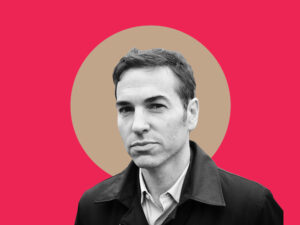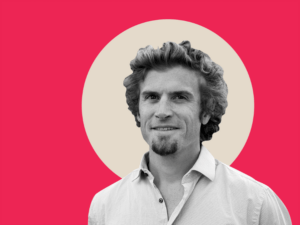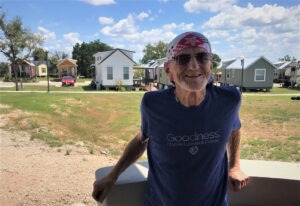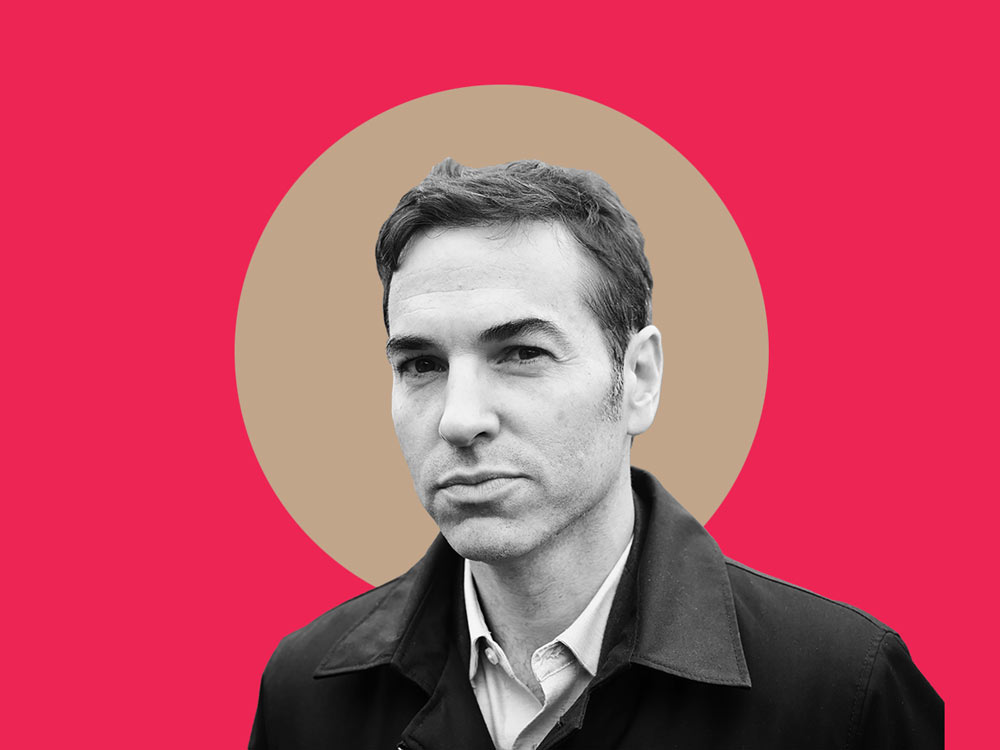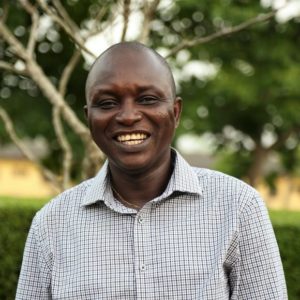
Today, we look back on some of the unsavory things that went on behind the scenes among those who responded to the Ebola outbreak in West Africa four years ago. And given the chances that these deadly epidemics will rear their heads across the globe again and again, it’s important to figure out what went wrong there among the helpers – whether doctors, local nurses, researchers or international aid groups.
One of the most prominent among the first responders was Dr. Sheikh Humarr Khan, a global expert in tropical disease who had worked on more cases of hemorrhagic fever than perhaps anyone else in the world. In 2014, he found himself overwhelmed, at the epicenter of the Ebola outbreak, treating patients at the hospital he led in Sierra Leone. When Khan himself succumbed to the virus, there was debate among leading health experts over whether to give Khan an experimental drug that had not yet been tested on humans. “This is a man who is the most informed person on earth as to whether or not he’d take the drug,” Dr. Pardis Sabeti tells us. “I thought it was being given to him. I thought he was being engaged. I was devastated when I learned he wasn’t.”
 Pardis Sabeti, professor of organism and evolutionary biology at Harvard University
Pardis Sabeti, professor of organism and evolutionary biology at Harvard University
Sabeti says many of the circumstances that led to Khan’s death are examples of ‘outbreak culture,’ which tend to emerge during epidemics. She describes this culture as a toxic mix of fear, money, ego and ineffectiveness. The professor of organism and evolutionary biology at Harvard has teamed up with Lara Salahi, a journalist and assistant professor of journalism at Endicott College, to examine the outbreak culture that emerged during the 2014-16 Ebola outbreak in West Africa. Their new book Outbreak Culture: The Ebola Crisis and the Next Epidemic, asserts that outbreaks themselves are “a melting pot of all sorts of forces that are frightening and overwhelming,” Sabeti explains. “In general, humans have shown that they struggle to work with each other, even when things are not that chaotic, but then thrown on top of an invisible deadly threat, you can just see the paranoia and suspicion that emerges.”
 Lara Salahi, journalist & assistant professor of journalism at Endicott College
Lara Salahi, journalist & assistant professor of journalism at Endicott College
Sign up for our free newsletters
Subscribe to NPQ's newsletters to have our top stories delivered directly to your inbox.
By signing up, you agree to our privacy policy and terms of use, and to receive messages from NPQ and our partners.
Additional Resources:
Washington Post: How an ‘outbreak culture’ worsened the 2014-2016 Ebola epidemic in West Africa
Science Mag: Learning from Ebola failures is key for crafting better plans for public health emergencies
CNN: Detective work, cultural awareness are key to fighting Ebola
Centre for Health Journalism: Reporting beyond the anecdote reveals deeper truths about Ebola outbreak
TIME Person of the Year 2014: The Scientists – Dr. Pardis Sabeti, 38, Geneticist who sequenced the Ebola genome from the outbreak
Featured Image: Dr. Sheikh Humarr Khan (credit: Pardis Sabeti)


